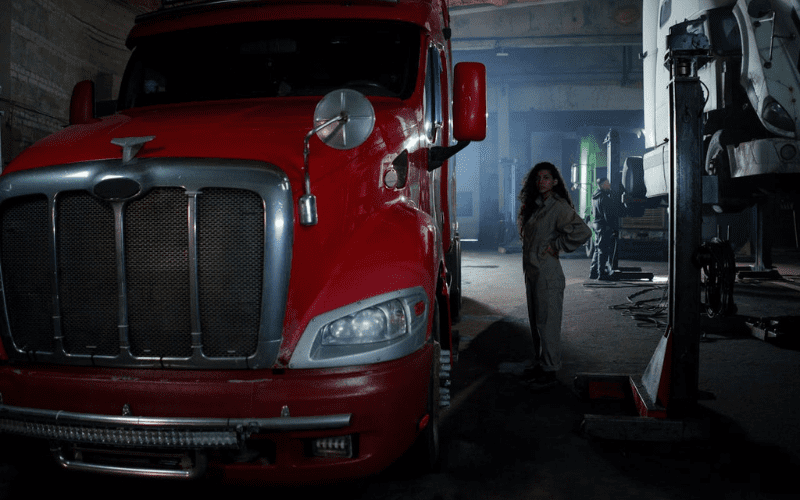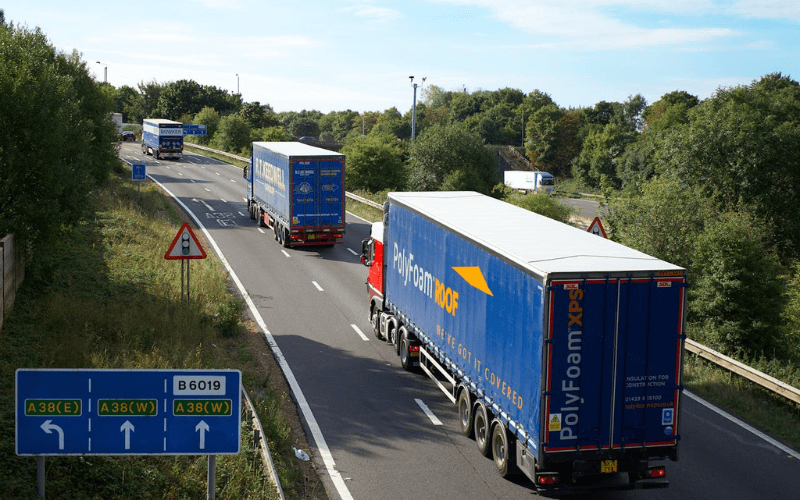Every day, large amounts of goods are transported on roadways. It becomes the responsibility of the operator to ensure that these loads are safe during transit. So, this includes a lot of rules and regulations that are to be followed for transporting various types of goods. There are various programs designed for training people to drive various types of vehicles carrying heavy goods. Some of these programs are LGV Cat C Training, C1 driver training, etc.
A prominent way to protect loads during transport
Any product transported should be covered and secured with tarpaulins or nets, corner plates, and straps to ensure its safety. Corner plates and straps are used to secure cargo on Tautliners.
Characteristics of loads determining the way via which the load is transported?
The weight and size specifications of goods influence how it is to be transported, and it would be product-specific to guarantee that loads are secure.
Specific duties during travel to monitor the load on the vehicle
It is the driver’s responsibility to keep an eye on their goods while transportation. Drivers may need to re-secure the straps in some circumstances, particularly with bagged materials (such as cement), when the product settles during transit.
Driving Behavior
Driving behavior is another important factor that should be managed in the right way because this is to make sure that things go in the right way. Driving behavior will assist you in a better way when a person knows how to manage the load, and carry it in the proper way so that the load does not follow a breakthrough. Load requires proper driving skills because the way you drive directly affects the goods that are carried in the vehicle.
Rules that should be followed while driving
- Keep To Your Left – Always drive on the left side of the road, allowing other vehicles to pass on the right.
- Try to Overtake from the right side.
- If you’re being overtaken by another vehicle, never increase your speed to prevent being overtaken.
- At intersections, be particularly cautious.
- Make sure your vehicle does not cause any trouble to other road users.
- Emergency Vehicles – It is the driver’s responsibility to allow emergency vehicles such as fire engines and ambulances to pass.
- At pedestrian crossings or zebra crossings, pedestrians have the right of way.
- Following Distance –Maintain a safe distance from the vehicle in front of you so that you have enough time to come to a complete stop if the vehicle in front of you suddenly breaks.
- Tractor and Goods Carriages –Passengers are not permitted to be transported on a tractor or a cargo carriage.
- Overloading – Overloading a car is not only risky, but it’s also against the law. As a result, passengers should not be carried in excess of the vehicle’s capacity or excessive luggage that the vehicle was not built to handle.
- Driving in the Reverse direction – When driving in reverse, be sure you don’t bother anyone else on the road.
- Essential Documents – Always keep the following documents on you: your driver’s licence, your vehicle’s registration certificate, your insurance certificate, your fitness certificate (if you’re driving a commercial vehicle), your tourist permit (if you’re driving a commercial vehicle), and your PUC certificate.
Conclusion
On the whole, it is clear that it is important to drive a vehicle with proper care because it will ensure your safety as well as the vehicle’s safety. Vehicle safety will help you keep the goods that are placed in the vehicle safely. There are various types of training programs that are just there to make sure that things can go on the right track and also there are no worst situations in this respect, some of them are LGV Cat C Training, C1 driver Training, C+E training, etc.
Also Read: How to get a HGV licence for free




